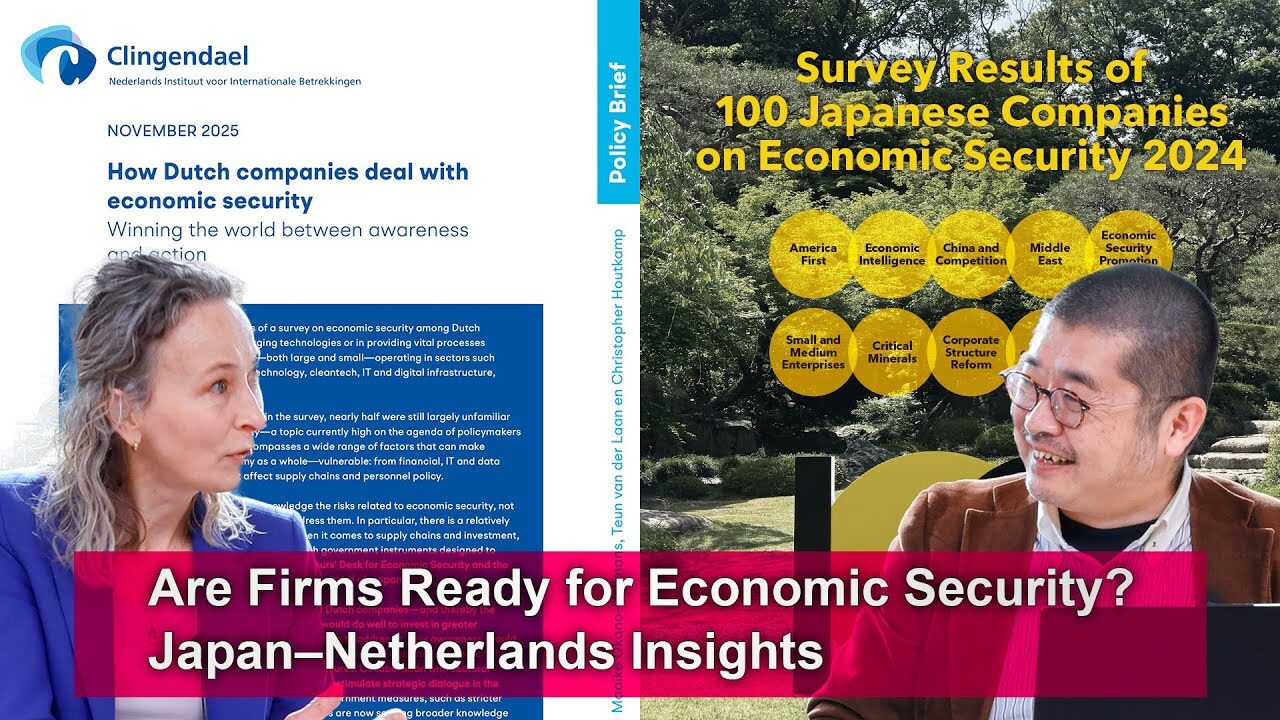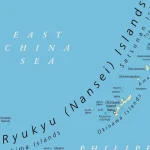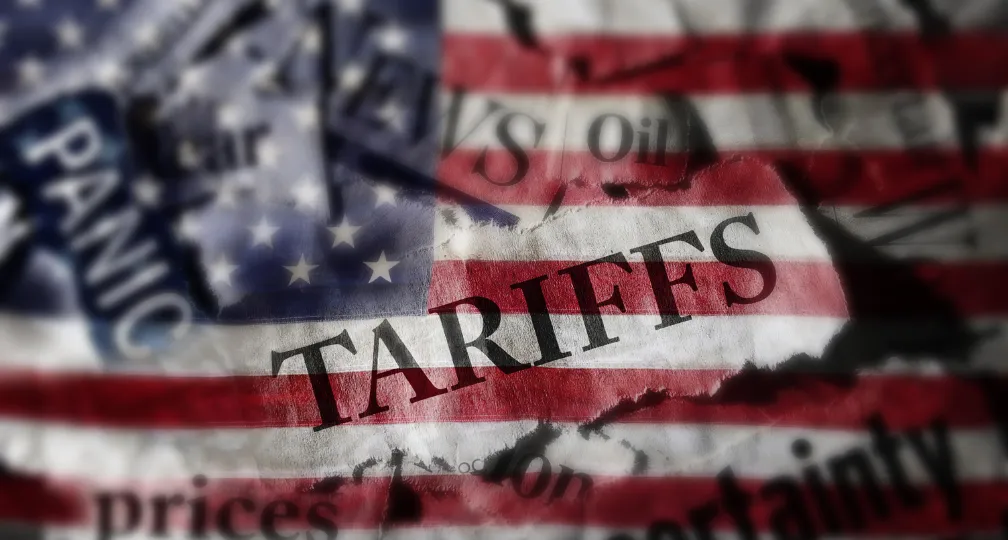Why ASEAN is key to building order in the Indo-Pacific region
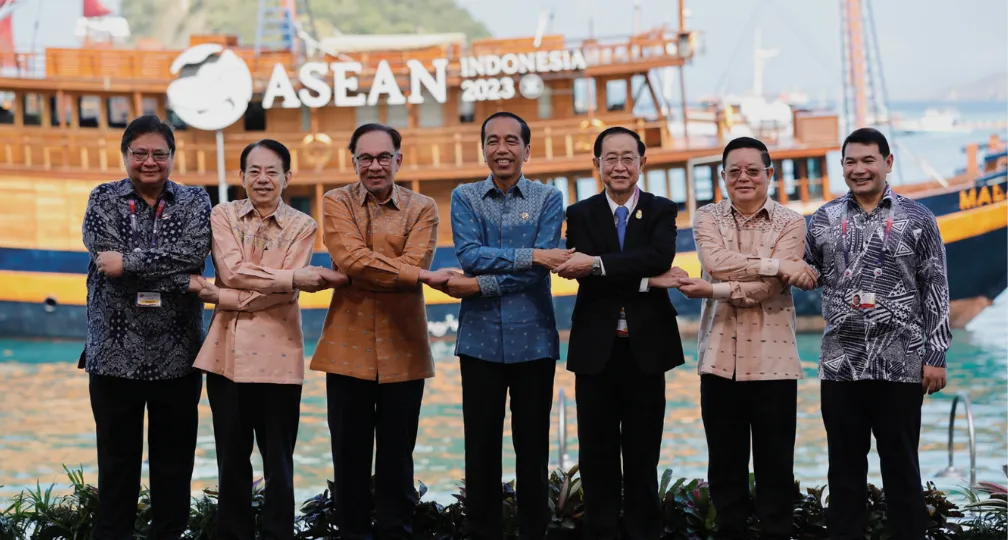
Associate Professor of International Relations, Nanyang Technological University
This article was posted to the Japan Times on June 22, 2023
https://www.japantimes.co.jp/opinion/2023/06/22/commentary/world-commentary/asean-indo-pacific/
The “Global South,” a group of emerging and developing countries, has become an indispensable player in building the international order. This is mainly because the current legitimacy of international order rests on the international rules and norms agreed not by a small number of great powers but by the majority of the international community, which belongs to the Global South.
Among that grouping, the subregion that major Indo-Pacific powers focus their attention on is Southeast Asia — the geopolitical and geoeconomic center of the Indo-Pacific region and home to members of the Association of Southeast Asian Nations (ASEAN), the core of regional multilateralism in East Asia.
China’s Southeast Asia strategy
Southeast Asia’s geostrategic position in the Indo-Pacific region is clearly important, and gaining diplomatic support from the 10-member ASEAN creates advantages for major powers as it captures a majority in this subregion. The bloc consists of Brunei, Cambodia, Indonesia, Laos, Malaysia, Myanmar, the Philippines, Singapore, Thailand and Vietnam.
The United States and China are therefore vying to win Southeast Asian countries over to their side in order to shape an international order in their favor. In this regard, China, which has political, economic and social influence in the region, both geographically and historically, has diplomatic advantages over the United States.
However, when it comes to building an international and regional order, China has yet to fully capitalize on such advantages.
Although China advocates protecting the existing international order based on the United Nations, and promotes “a community with a shared future for mankind,” it remains unclear what China’s vision for a new world order is actually all about.
As analyzed by Peking University professor Jia Qingguo, China appears to maintain a “secular international order” that emphasizes the fundamental rules of national sovereignty and noninterference in domestic affairs, as opposed to a “liberal international order” that emphasizes democracy and human rights.
This vision of the international order counters the push from liberal states, particularly from the U.S. and European nations, for democratization and other liberal values, and therefore is likely to gain support from those in the Global South, most of which are not full democracies.
Yet, at the same time, if national sovereignty is excessively emphasized and the discussion over what values to be upheld is continuously shelved, the logic of national interests — by which countries will merely act on their self-interests, likely leading to tensions and conflicts among them — soon prevails.
Such a logic could lead to a world of “might is right,” operated under the pure form of balance of power politics.
In fact, Beijing’s Southeast Asia policy highlights China’s desire to reduce U.S. influence and expand its own presence in the region. To this end, China’s diplomatic strategy combines a mix of carrot-and-stick diplomacy of providing “regional public goods” and conducting a wedge strategy — offering such benefits as infrastructure development and economic assistance while ensuring that Southeast Asia does not create a united front against Beijing.
Regional public goods include access to China’s vast market that facilitates trade and investment with regional states, and the provision of development finance, disaster relief and humanitarian assistance, and vaccines such as the Sinovac COVID-19 vaccine after the start of the pandemic.
In particular, China has become the largest trading partner for some Southeast Asian countries while supporting infrastructure development under the name of the Belt and Road initiative.
Recently, Beijing has also promoted its Global Development Initiative that takes into account the achievement of the United Nations’ sustainable development goals and has been continuously expanding its investment in Southeast Asia.
These activities have economically and socially benefited the region and have generally gained support from countries in the area.
Driving a wedge
On the other hand, Beijing is also trying to drive a wedge to prevent ASEAN members from forming a united policy toward China. In 2012, for instance, when the Philippines confronted China over control of Scarborough Shoal, ASEAN countries were divided and failed to issue a joint statement for the first time at a foreign ministers’ meeting. This is believed to have been an attempt by China to exert diplomatic influence over Cambodia, which hosted the meeting.
In addition, when Singapore mentioned the importance of international law in response to a 2016 South China Sea arbitral ruling that favored Manila and rejected Beijing outright, China seized a number of Singapore’s Terrex infantry vehicles in Hong Kong after the completion of exercises in Taiwan. Singapore was also not invited to the first Belt and Road initiative forum.
Beijing is using a combination of economic leverage and diplomatic pressure to keep ASEAN countries from reaching a consensus on and against China’s behavior.
China is clearly supportive of ASEAN, however. In its August 2022 position paper on ASEAN, it endorsed the grouping’s leadership in multilateralism and endorsed the ASEAN Outlook on the Indo-Pacific (AOIP) initiative. China’s endorsement of the AOIP is of great diplomatic significance, given that it has been discontent over anything related to the term “Indo-Pacific.”
Still, this does not mean that China has accepted references to the “Indo-Pacific” as used by Western countries. To keep Western countries in check, China has been responding negatively toward new regional frameworks such as the “Quad;” a security dialogue involving Australia, India, Japan and the U.S.; AUKUS, a security partnership between Australia, the United Kingdom and the U.S.; and IPEF, or Indo-Pacific Economic Framework, which is made up of 14 regional countries.
For their parts, Southeast Asian countries are pursuing a “hedging” strategy in response to this Chinese policy toward Southeast Asia. Simply put, they are trying to maximize the economic benefits of China’s growth while avoiding excessive dependence on Beijing.
At the same time they are strengthening their relationships with regional powers, including the U.S. and Japan, to avoid China becoming economically and militarily dominant in the region.
However, Southeast Asian countries have become increasingly wary of China’s aggressive diplomatic stance in recent years. According to the State of Southeast Asia 2023 Survey by the ISEAS-Yusof Ishak Institute in Singapore, Southeast Asian countries view China as the largest economic and strategic power in the region, but a majority also say they do not trust the country.
Nevertheless, this assessment does not automatically translate into support for the U.S. or Western countries. Countries with strong economic ties to China, such as Brunei, Cambodia, Laos and Malaysia, are not so wary of China and do not intend to distance themselves too much from Beijing.
As such, each Southeast Asian country has its own stance regarding China. Nevertheless, they attempt to keep their distance from the major powers and insist on ASEAN centrality and unity because they believe that their goal is to nurture “healthy competition” among great powers while ensuring regional autonomy.
Southeast Asian goals
What Southeast Asian countries want is a strategic competition between the U.S. and China over the provision of regional public goods that meet their needs. Yet, this strategic competition should be stable and well-managed, and not negatively affect Southeast Asian peace and prosperity.
In short, Southeast Asian countries focus on a “means” to manage the strategic competition, which promotes regional stability and prosperity rather than presenting their own “vision” for shaping the international order. And in steering great power politics, hedging strategies and ASEAN centrality and unity become diplomatically imperative for them.
In recent years, however, ASEAN has faced challenges that make it difficult to sustain centrality and unity. For example, Myanmar has not been present at ASEAN’s high-level meetings due to the military coup that took place in 2021, while China and Russia have continuously engaged with the military junta, the Tatmadaw, under the banner of “noninterference in internal affairs,” thereby weakening ASEAN unity.
At the same time, Russia’s invasion of Ukraine has led the West to take a clearly confrontational stance, and the U.S. and Australian boycotted the Russia-Myanmar co-sponsored Expert Working Group on Counter-Terrorism as part of the ASEAN Defense Ministerial Meeting Plus in July 2022. This suggests that ASEAN’s “convening power” could be called into question, which would shake the very foundation of the ASEAN Centrality.
Certainly, such perspectives are not set in stone. In the end, Indonesia, Thailand and Cambodia, which successfully chaired G20, Asia-Pacific Economic Cooperation and ASEAN-related conferences, respectively, in 2022.
However, if a lack of unity among ASEAN member states persists, it will weaken the grouping’s reputation and diminish its international role.
So what can Japan do as a long-standing supporter of the Southeast Asian region?
It is important to acknowledge that ASEAN and ASEAN-led regional institutions have contributed to preventing conflicts by facilitating dialogue between strategically competing major powers. Though not perfect, ASEAN has provided an important example of regional public goods in East Asia.
If this is lost, the Asian region would become more vulnerable to U.S.-China strategic competition. Last month, the G7 summit hosted by Japan was a great diplomatic success, involving countries from the Global South. However, the meeting did not include China or Russia, giving both countries an excuse to accuse G7 members of being exclusive and creating division. On this account, ASEAN has an imperative role to play.
Inclusive regional order
The goal is for Japan to build a cooperative relationship by synthesizing Japan’s “vision” and Southeast Asia’s “means” of regional stability and prosperity while ensuring ASEAN centrality and unity.
Firstly, Japan should provide capacity-building and development assistance tailored to the needs of each ASEAN country to reduce excessive economic dependence on specific countries, thereby helping to improve those countries’ ability to maintain ASEAN’s unity.
Secondly, it must clarify institutional roles and division of labor regarding the Quad and other U.S.-centered minilateral/multilateral institutions that could threaten ASEAN’s centricity and build cooperative relationships.
Finally, Japan needs to work together with ASEAN countries to build a regional order through continuous engagement.
In building international order in the Asian and Indo-Pacific regions, it is essential to involve Southeast Asia, particularly the countries of ASEAN. With many challenges confronting ASEAN and the Indo-Pacific strategic environment, Japan needs to actively promote an inclusive process of dialogue through the organization.
(Photo Credit: Reuters / Aflo)
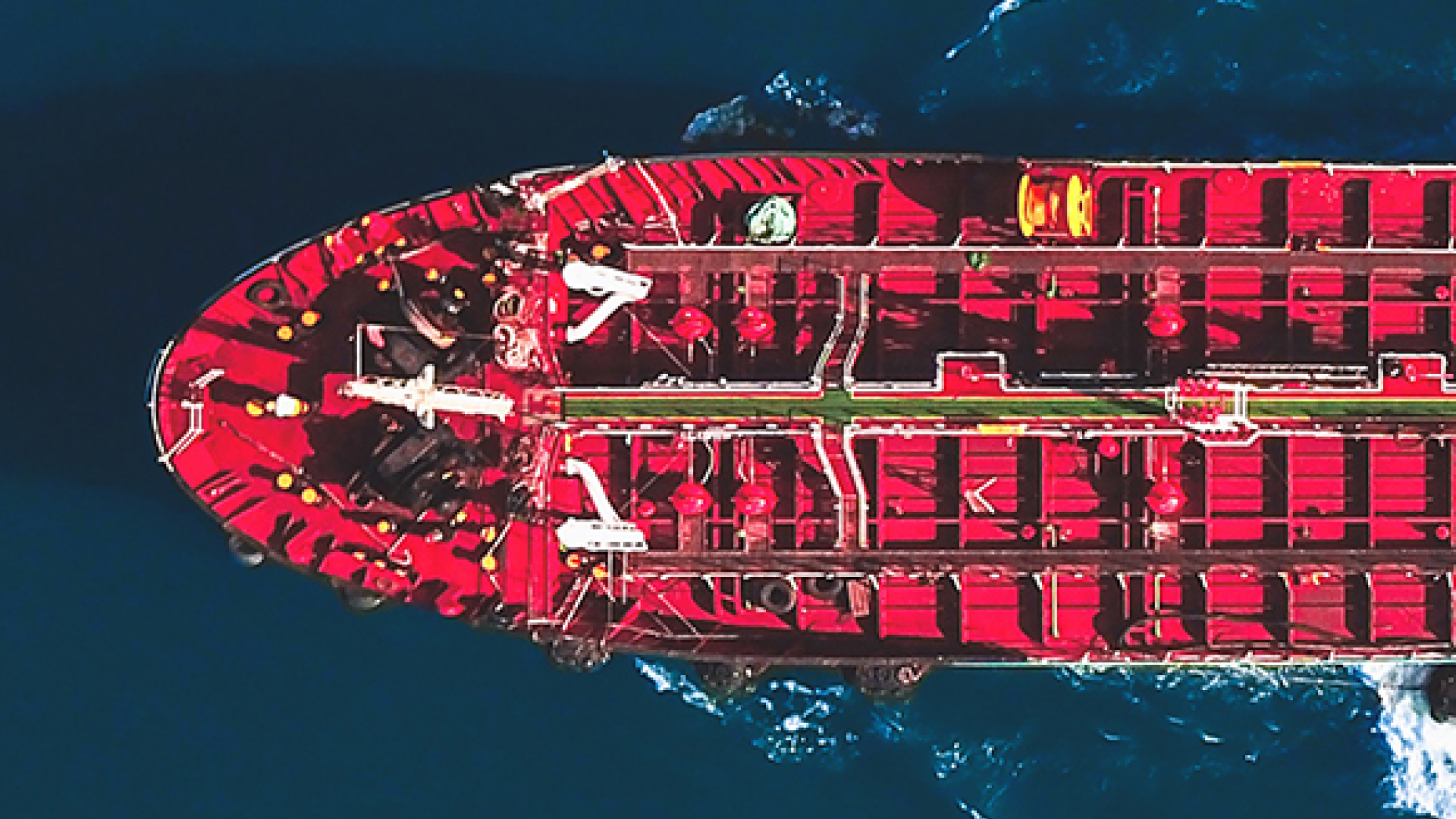
Geoeconomic Briefing
Geoeconomic Briefing is a series featuring researchers at the IOG focused on Japan’s challenges in that field. It also provides analyses of the state of the world and trade risks, as well as technological and industrial structures (Editor-in-chief: Dr. Kazuto Suzuki, Director, Institute of Geoeconomics (IOG); Professor, The University of Tokyo).
Disclaimer: The opinions expressed in Geoeconomic Briefing do not necessarily reflect those of the International House of Japan, Asia Pacific Initiative (API), the Institute of Geoeconomics (IOG) or any other organizations to which the author belongs.
-
 Analysis: Ready for a (Tariff) Refund?2025.12.24
Analysis: Ready for a (Tariff) Refund?2025.12.24 -
 China, Rare Earths and ‘Weaponized Interdependence’2025.12.23
China, Rare Earths and ‘Weaponized Interdependence’2025.12.23 -
 Are Firms Ready for Economic Security? Insights from Japan and the Netherlands2025.12.22
Are Firms Ready for Economic Security? Insights from Japan and the Netherlands2025.12.22 -
 Is China Guardian of the ‘Postwar International Order’?2025.12.17
Is China Guardian of the ‘Postwar International Order’?2025.12.17 -
 Japan-India Defense in a Fragmenting Indo-Pacific2025.12.10
Japan-India Defense in a Fragmenting Indo-Pacific2025.12.10
 The “Economic Security is National Security” Strategy2025.12.09
The “Economic Security is National Security” Strategy2025.12.09 The Tyranny of Geography: Okinawa in the era of great power competition2024.02.09
The Tyranny of Geography: Okinawa in the era of great power competition2024.02.09 Event Report: The Trump Tariffs and Their Impact on the Japanese Economy2025.11.25
Event Report: The Trump Tariffs and Their Impact on the Japanese Economy2025.11.25 Trump’s Tariffs Might Be Here to Stay – No Matter Who’s in Power2025.11.28
Trump’s Tariffs Might Be Here to Stay – No Matter Who’s in Power2025.11.28 The Real Significance of Trump’s Asia Trip2025.11.14
The Real Significance of Trump’s Asia Trip2025.11.14




